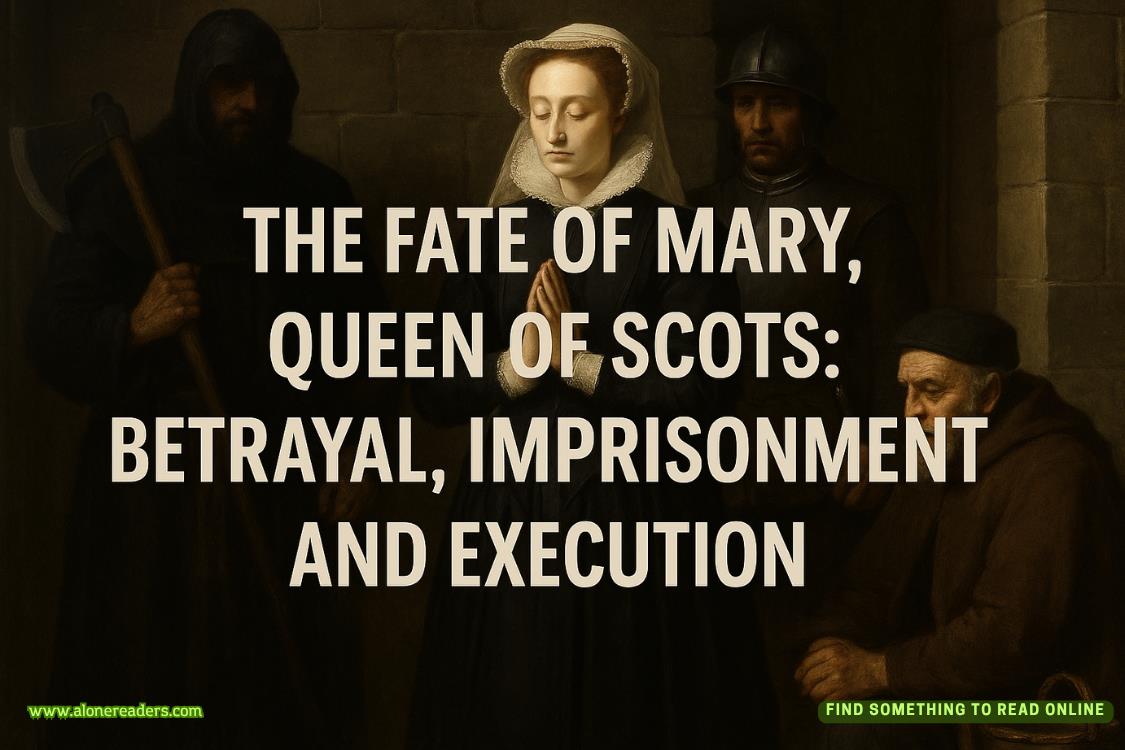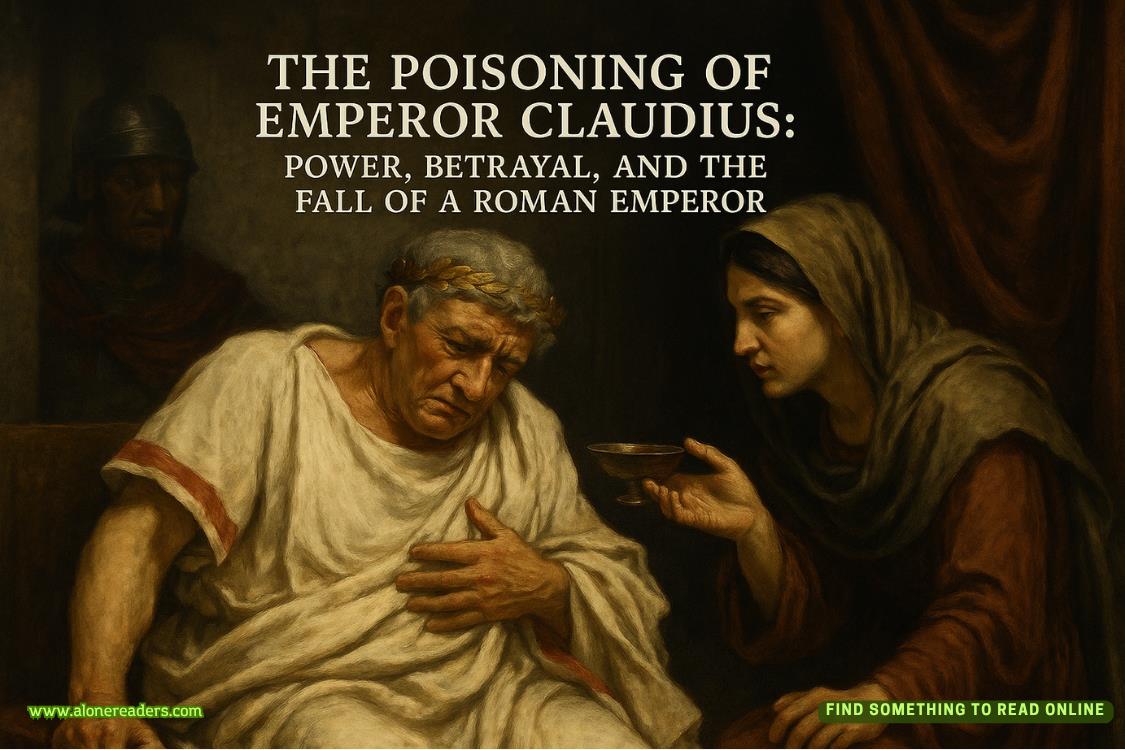He could not wait to show it to someone.
He had planned to find a suitable moment to take it to Prior Philip; but now that it was done he wanted Philip to see it right away.
Would Philip think him presumptuous? The prior had not asked him to prepare a design. He might have another master builder in mind, someone he had heard of who had worked for another monastery and had done a good job. He might scorn Tom’s aspirations.
On the other hand, if Tom did not show him something, Philip might assume Tom was not capable of designing, and might hire someone else without even considering Tom. Tom was not prepared to risk that: he would rather be thought presumptuous.
The afternoon was still light. It would be study time in the cloisters. Philip would be at the prior’s house, reading his Bible, Tom decided to go and knock at his door.
Carrying his board carefully, he left the house.
As he walked past the ruins, the prospect of building a new cathedral suddenly seemed daunting: all that stone, all that timber, all those craftsmen, all thoseyears.He would have to control it all, make sure there was a steady supply of materials, monitor the quality of timber and stone, hire and fire men, tirelessly check their work with his plumb line and level, make templates for the moldings, design and build lifting machines ... He wondered if he really was capable of it.
Then he thought what a thrill it would be to create something from nothing; to see, one day in the future, a new church here where now there was nothing but rubble, and to say: I made this.
There was another thought in his mind, hidden away in a dusty corner; something he was hardly willing to admit to himself. Agnes had died without a priest, and she was buried in unconsecrated ground. He would have liked to go back to her grave, and get a priest to say prayers over it, and perhaps put up a small headstone; but he was afraid that if he called attention to her burying place in any way, somehow the whole story of abandoning the baby would come out. Leaving a baby to die still counted as murder. As the weeks went by he had worried more and more about Agnes’s soul, and whether it was in a good place or not. He was afraid to ask a priest about it because he did not want to give details. But he had consoled himself with the thought that if he built a cathedral, God would surely favor him; and he wondered whether he could ask that Agnes receive the benefit of that favor instead of himself. If he could dedicate his work on the cathedral to Agnes, he would feel that her soul was safe, and he could rest easy.
He reached the prior’s house. It was a small stone building on one level. The door stood open, although it was a cold day. He hesitated for a moment. Calm, competent, knowledgeable, expert, he said to himself. A master of every aspect of modern building. Just the man you’d cheerfully trust.
He stepped inside. There was only one room. At one end was a big bed with luxurious hangings; at the other a small altar with a crucifix and a candlestick. Prior Philip stood by a window, reading from a vellum sheet with a worried frown. He looked up and smiled at Tom. “What’s that you’ve got?”
“Drawings, Father,” Tom said, making his voice deep and reassuring. “For a new cathedral. May I show you?”
Philip looked surprised but intrigued. “By all means.”
There was a large lectern in a corner. Tom brought it into the light by the window and put his plaster frame on its angled rest. Philip looked at the drawing. Tom watched Philip’s face. He could tell that Philip had never seen an elevation drawing, a floor plan or a section through a building. The prior’s face wore a puzzled frown.
Tom began to explain. He pointed to the elevation. “You’re standing in the center of the nave, looking at the wall,” he said. “Here are the pillars of the arcade. They’re joined by arches. Through the archways you can see the windows in the aisle. Above the arcade is the tribune gallery, and above that, the clerestory windows.”
Philip’s expression cleared as he understood. He was a quick learner. He looked at the floor plan, and Tom could see he was equally puzzled by that.
Tom said: “When we walk around the site, and mark where the walls will be built, and where the pillars meet the ground, and the positions of the doors and buttresses, we will have a plan like this, and it will tell us where to place our pegs and strings.”
Enlightenment dawned on Philip’s face again. It was no bad thing, Tom thought, that Philip had trouble understanding the drawings: it gave Tom a chance to be confident and expert. Finally Philip looked at the section. Tom explained: “Here is the nave, in the middle, with a timber ceiling. Behind the nave is the tower. Here are the aisles, on either side of the nave. At the outer edges of the aisles are the buttresses.”
“It looks splendid,” Philip said. Tom could tell that the section drawing particularly impressed him, with the inside of the church open to view, as if the west end had been swung aside like a cupboard door to reveal the interior.
Philip looked at the floor plan again. “Are there only six bays to the nave?”
“Yes, and four to the chancel.”
“Isn’t that rather small?”
“Can you afford to build it bigger?”
“I can’t afford to build it at all,” Philip said. “I don’t suppose you have any idea how much this would cost.”
“I know exactly how much it would cost,” Tom said. He saw surprise on Philip’s face: Philip had not realized Tom could do figure work. He had spent many hours calculating the cost of his design to the last penny. However, he gave Philip a round figure. “It would be no more than three thousand pounds.”
Philip laughed hollowly. “I’ve spent the last few weeks working out the annual income of the priory.” He waved the sheet of vellum that he had been reading so anxiously when Tom walked in. “Here’s the answer. Three hundred pounds a year. And we spend every penny.”
Tom was not surprised. It was obvious that the priory had been badly managed in the past. He had faith that Philip would reform its finances. “You’ll find the money, Father,” he said. “With God’s help,” he added piously.
Philip returned his attention to the drawings, looking unconvinced. “How long would this take to build?”
“That depends on how many people you employ,” Tom said. “If you hire thirty masons, with enough laborers, apprentices, carpenters and smiths to service them, it might take fifteen years: one year for the foundations, four years for the chancel, four years for the transepts, and six years for the nave.”
Once again Philip looked impressed. “I wish my monastic officials had your ability to think ahead and calculate,” he said. He studied the drawings wistfully. “So I need to find two hundred pounds a year. It doesn’t sound so bad when you put it that way.” He looked thoughtful. Tom felt excited: Philip was beginning to think of this as a workable project, not just an abstract design. “Suppose I could afford more—could we build faster?”















